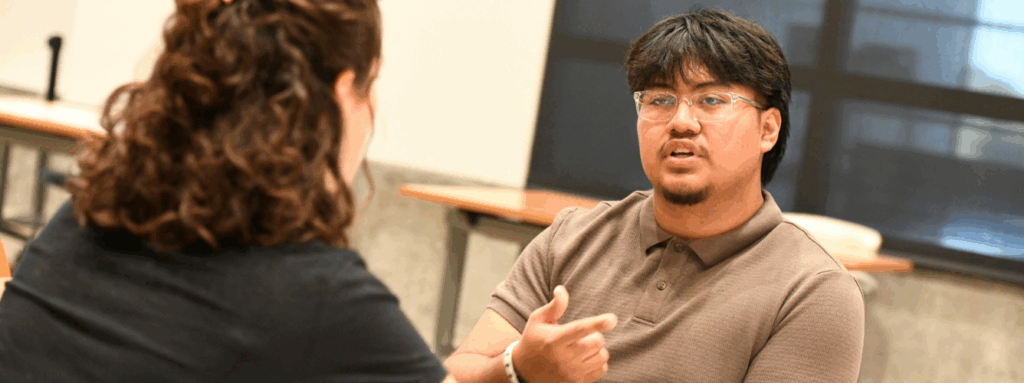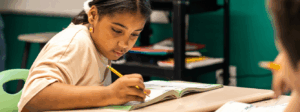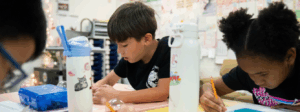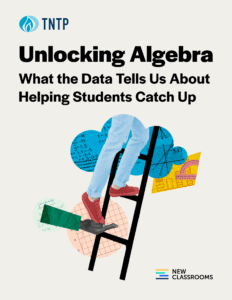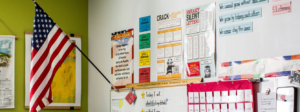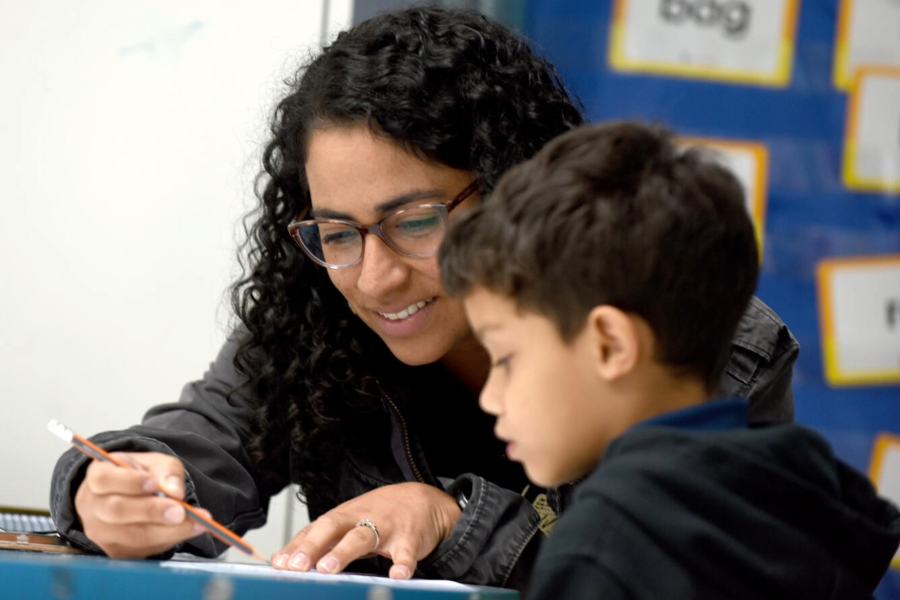A growing number of young people are telling us what they need—and what they’re not getting—from their K–12 education. Three out of four high school graduates say they don’t feel prepared to make decisions about their college or career paths. More than half of high school students do not plan to follow the traditional college degree path, and only 2 percent completed an internship during high school—a clear indication that we are not preparing young people for today’s workforce and the jobs of the future.
Meanwhile, rapid technological changes—like the rise of AI—are reshaping the job market, specifically the availability of “good jobs”. Students are navigating more uncertainty than ever, but most aren’t equipped with the tools to succeed in that landscape.
It’s clear that we need to rethink how schools prepare young people—not just for academic achievement, but for meaningful, sustainable careers. Schools can and should play a powerful role in both illuminating career possibilities and supporting students to build the knowledge and skills they need to access a wide range of professions. That’s where career-connected learning comes in.
What is Career Connected Learning?
Career-connected learning (CCL) is an approach that integrates academic learning with real-world work experiences—starting as early as elementary school and continuing throughout a student’s K–12 journey. It helps students explore career options, develop transferable skills, and apply what they’re learning in the classroom to real-life contexts.
This isn’t about tracking students into specific jobs or limiting their options. It’s about opening doors—and giving every student the opportunity to build a foundation for future success, whether they pursue college, a technical credential, or enter the workforce right after graduation.
What Makes Career-Connected Learning Work
Strong CCL programs share several key components:
Instructional Coherence
The heart of CCL is the connection of classroom learning to real-world applications. When students can see how algebra relates to architecture or how writing skills connect to healthcare communication, they become more engaged. Academic and career preparation should reinforce each other—not exist in separate silos. By connecting the dots between core classes and students’ career aspirations, schools can create a unified instructional program that directly supports young people to thrive in school and beyond.
Career Exposure and Optionality
Students need opportunities to explore different industries and roles long before they’re asked to make life-shaping decisions. Exposure to a wide range of careers helps students discover their interests and strengths—and helps them make informed choices down the line. As important, by exploring potential professions at the outset, we can support young people with the academic foundation, durable skills and competencies, and specific learning pathways to prepare them for rewarding careers.
A Focus on Workforce Readiness
Work-based learning experiences, such as internships or apprenticeships, give students a chance to engage with professionals, learn industry expectations, and build essential skills like communication, collaboration, and time management. These experiences can spark interest, build confidence, and ease the transition from school to work. In addition, credentialed career pathways, particularly at the secondary level, can provide a real bridge for young people, making them better prepared to enter into a specific field of work.
Why Career-Connected Learning Is Urgent
The stakes are high. Students who experience learning loss or lack access to future-ready pathways can lose up to $70,000 in lifetime earnings. For communities and the broader economy, the long-term cost is staggering: over $28 trillion in lost potential this century.
Career-connected learning is more than a single program or pathway, it is a way of organizing and structuring learning throughout PK-12. When all students have access to relevant, hands-on learning experiences and strong support networks, they are more likely to graduate prepared for college, careers, and a life filled with purpose and possibility.
Learn How TNTP Can Help Integrate Career-Connected Learning into Your School System
Ready to explore how career-connected learning can transform your school system?
